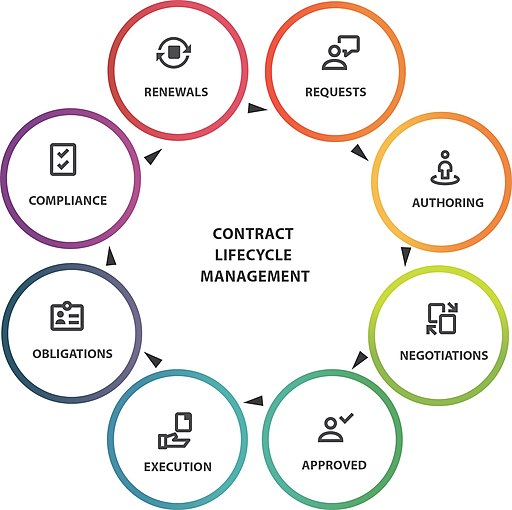Modernization
by in Feature Articles on 2022-01-26Micki worked for ConCom, a huge multinational development consulting company with offices on four continents. ConCom, in turn, assigned Micki's team to another multinational corporation, one that was looking for an ERP upgrade. Picture six developers in one little loft office, complete with dartboard, while the architects, POs, SMs, and the like were on another continent in a totally different time zone. At first they worked small tasks, proving themselves capable of being assigned the big upgrade project, and eventually, details started to come out of what the client really wanted.

 Dec 21
Dec 21
